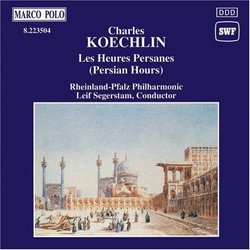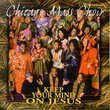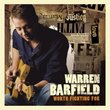| All Artists: Koechlin, Segerstam, Rheinland-Pfalz Phil Title: Charles Koechlin: Les Heures Persanes (Persian Hours), Op. 65 Members Wishing: 0 Total Copies: 0 Label: Marco Polo Release Date: 12/28/1993 Genre: Classical Styles: Historical Periods, Modern, 20th, & 21st Century Number of Discs: 1 SwapaCD Credits: 1 UPCs: 730099350426, 4891030235045, 489103023504 |
Search - Koechlin, Segerstam, Rheinland-Pfalz Phil :: Charles Koechlin: Les Heures Persanes (Persian Hours), Op. 65
 | Koechlin, Segerstam, Rheinland-Pfalz Phil Charles Koechlin: Les Heures Persanes (Persian Hours), Op. 65 Genre: Classical
|
Larger Image |
CD DetailsSimilarly Requested CDs
|
CD ReviewsMarvelous orchestration of intense imagery scarecrow | Chicago, Illinois United States | 09/05/2001 (5 out of 5 stars) "Charles Koechlin was born on November 27th,1867(died 1950) in Paris into a family with origins in Alsace. His grandfather Jean Dollfuss had established a textile company at Mulhouse.
Koechlin was incredibly prolific, discovering new roads to diatonicism much more an experimentor in linear richness and context than his contemporaries Ravel,and Debussy.Orchestration was to become a special vision.Perhaps not as refined or extended as Ravel but equally foreward looking. He had tried his hand at orchestral timbre quite early with marvelous successes as Debussy's 'Khamma', and Faure's(his teacher) 'Pelleas et Melisande'. His own music has a deep fascination, an affinity with programmatical imagery,lyricism, simplicity of melos,directedness,harmonic richness. His 'Jungle Book'after Kipling, a symphonic poem, 'Bandar Log', 'Spring Running' are all widely played masterworks. The 'Heures persanes' is 16 pieces originally written for piano; this piece functions like all of Koechlin's music as a journey,an odyssey filled with anxiety,forbiding dimensions,even danger,this was a real journey however, one towards Isfahan to Teheran, the mountains of Elburz to reach the Caspian Sea. He also knew Algeria quite intimately. He loves the string timbral body as his primary sound, where all other orchestral colours emanate, from.As in the first three movements here where he will toss a melodic line from flute, to solo violin, to clarinet to oboe. Leif Segerstam and the Rheinland-Pfalz Philharmonic do a fantastic,comprehensive job with vision sorting out these discreet timbres. We always hear everything, the overwhelming richness of the blended/distended at times string body, even the bassoon timbres buried into the center of the orchestral canvas is heard. The Harp is also utilized quite effectively,as punctuating moments. Koechlin's music is also incredible rich in harmonic motion, almost unceasingly, it never stops searching. Perhaps that's an obvious metaphor for the creative agenda here,but a good one.As you proceed through the work, you do sense some unexplainable homesickness, a longing. The music never is at rest, it is always pushing forward,even as in thevery long second piece the Caravan eight minutes in duration over a pedal stasis throughout. I was thrilled by the extended use of string harmonics,whole nests of them,incredibly modern much further developmentally in conception than his duel iconoclastic contemporaries as Stravinsky/Schoenberg." |

 Track Listings (16) - Disc #1
Track Listings (16) - Disc #1

